Peruvian cuisine, considered among the best and most diverse in the world, inherited its innovation and mix of flavors from Peru’s history. Its roots come from Spanish, African, Creole, Chinese, Italian, French and Japanese influence. There are over 300 national dishes of Peru, with immense variety due to their 57 types of corn and over 4000 types of potatoes. As a first time visitor your eyes will be bigger than your stomach here with such incredible variety to choose from.
I found this to be true as I wandered through Mercado numero uno (n.1), a bustling market in the heart of Lima. The smell of fresh fruit danced in the air as I meandered from fruit stall to vegetable stand to meat counter. It was an endless maze of decadence as I couldn’t help but taste samples of the Peruvian dishes.
Leaving the market with several brown paper bags filled with goodies in hand, I realized that I needed professional help. It was time to call The Lima Gourmet Company: specialists in all things Peruvian cuisine. I booked their evening food tour, which promised a Pisco Sour lesson, Amazonian appetizers, make your own exotic ceviche experience, Gourmet Peruvian dinner amid illuminated pre-Incan ruins and artisanal Peruvian sorbet. Need I say more?
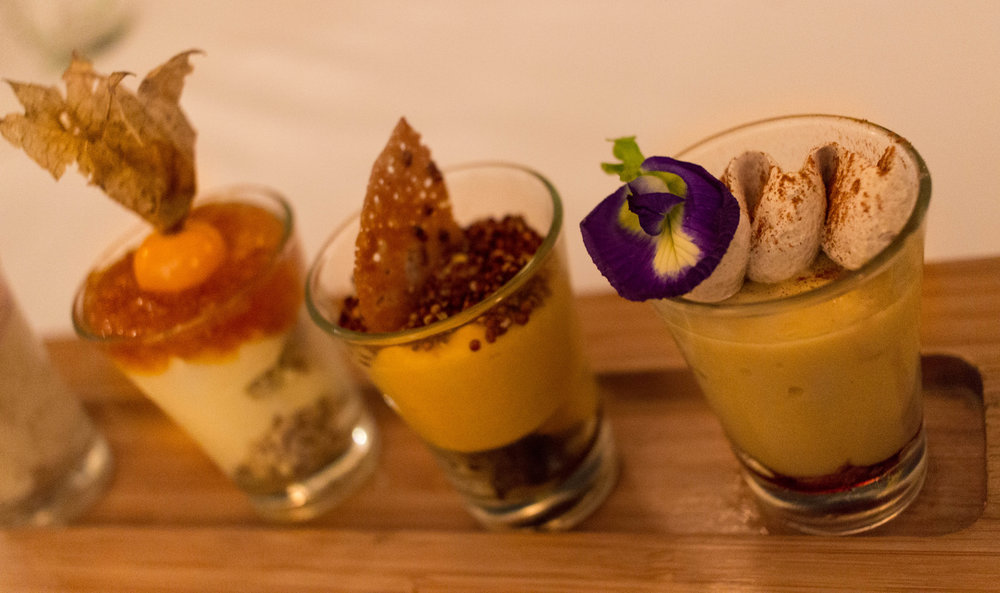
The five hour experience wasn’t your average tour. We were whisked away in our own private car to exquisite destinations on our own gourmet route through Lima. The first stop was a breezy beachfront restaurant called La Trastienda where they showed us how to make a Pisco Sour cocktail.
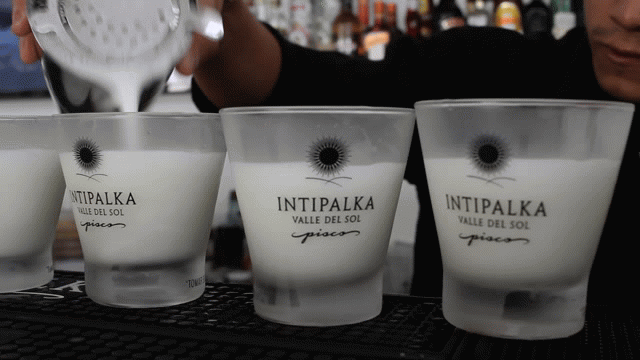
Pisco is a Peruvian brandy that has an alcohol volume of 42% and is 84 proof. It’s a great way to start the party and was certainly welcomed by our crew. We were lucky to go on the tour with a lively group from the US. All of which were close friends and made it clear from the start that they were down to try anything.
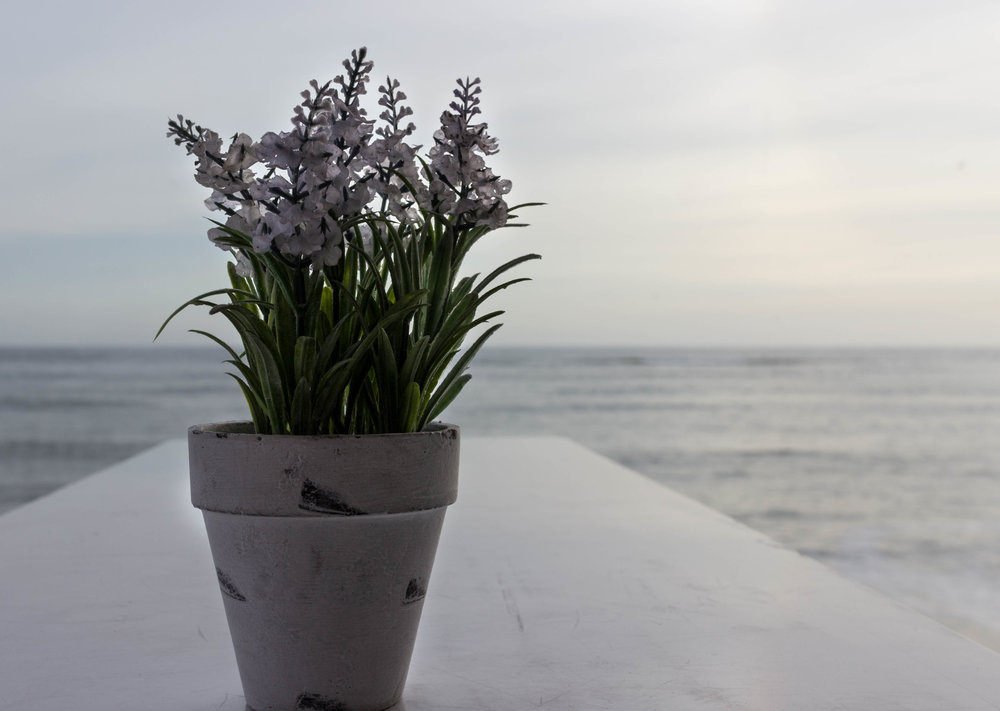
After our Pisco Sour was served we lounged in soft white chairs overlooking the sea and sipped on our cocktails while making conversation. We learned that the best type of Pisco for an excellent Pisco Sour is Quebranta. There are two classifications of piscos: aromatic piscos and non-aromatic piscos. The former are used mostly as apperitifs or digestifs to open the palate before a meal and to aid in digestion after a meal. The non-aromatic piscos are used in Pisco Sour, which sadly meant that although they were refreshing they were doing nothing other than getting the party started.
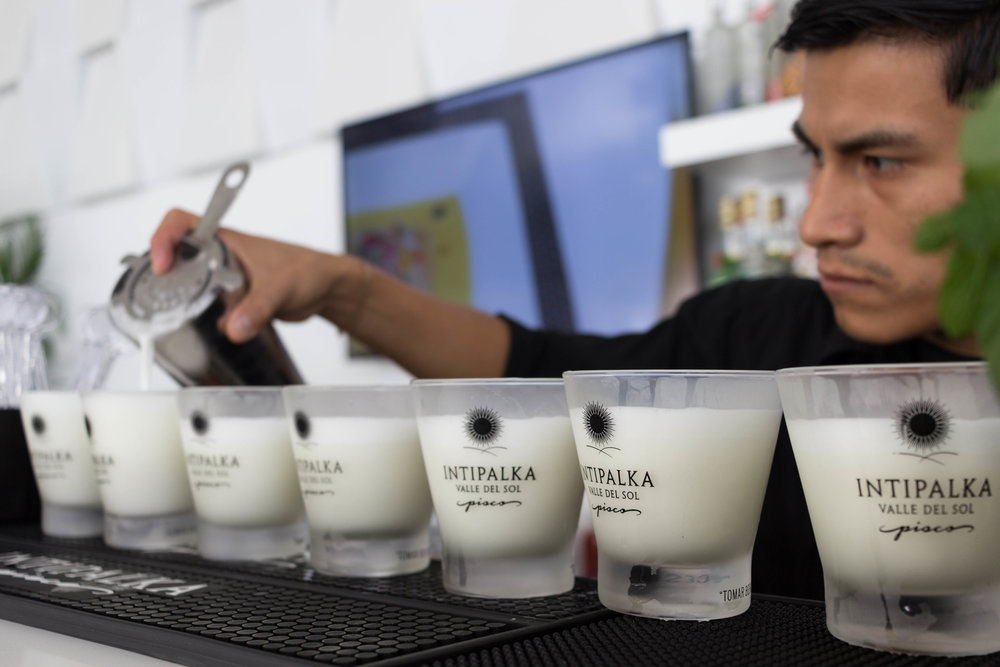
It was time to head to our next spot. Since I was “taking it easy” on the drinks, I had only finished half. No worries, our new friend chugged the rest of the Pisco Sour for me. We couldn’t let a good cocktail go to waste.
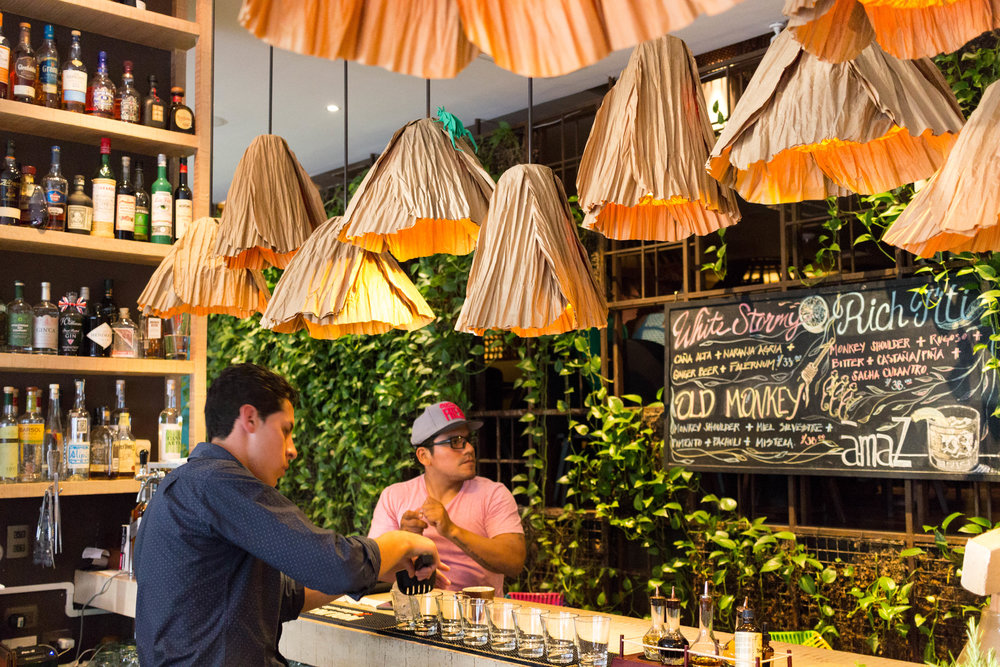
Our next destination was Amaz, famous for a visit by Anthony Bourdain and their jungle inspired cuisine. The space is true to theme the moment guests enter; with lights made from palm leaves, a ceiling with a design created by the Shipido tribe and tables capsuled in dwellings inspired by the Amazon, it was breathtaking.
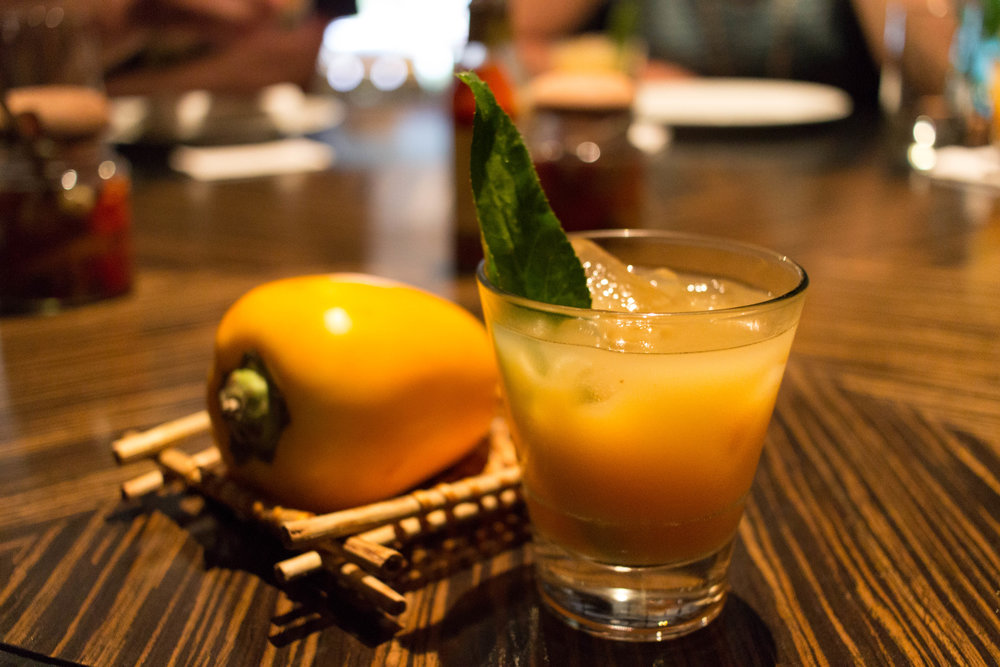
Amaz is a great example of a restaurant making a difference. They source all of their ingredients from the Amazon and are committed to sustainable agricultural development. The Amazon jungle accounts for 60% of Peruvian territory, is home to over 3,000 types of edible fruit and accounts for 77% of Peru’s fish supply. We stopped here for a Shapshico Cocktail and Amazonian appetizers; Pollo Kanga, Sacha Chaufa, Amazonian ceviche and Cachapas.

The cocktail was made from a corona (a white tomato) and garnished with a massive cilantro leaf. It had a subtle tomato flavor and was semi-sweet.
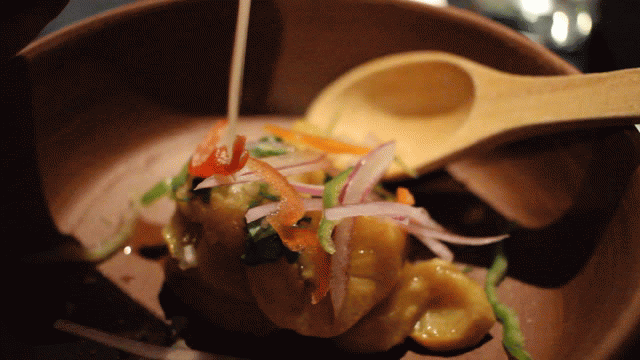
Our plantain ceviche was topped with salt, cilantro, celery, peppers, onions and tiger milk (onions, garlic, ginger and lime juice). It was refreshing, limey and delicious. I snuck the secret recipe because it was so good!
Ceviche Recipe
Plantains (boiled 15-20 min.)
Finely chopped celery
1/2 chopped bell pepper
1 red onion julienned
Finely chopped cilantro
1 charapita pepper (or other spicy pepper)
Salt to taste
Secret Lima Sauce
4 freshly squeezed limes
2 garlic cloves
Celery
Cilantro
Ginger
Blend & Strain
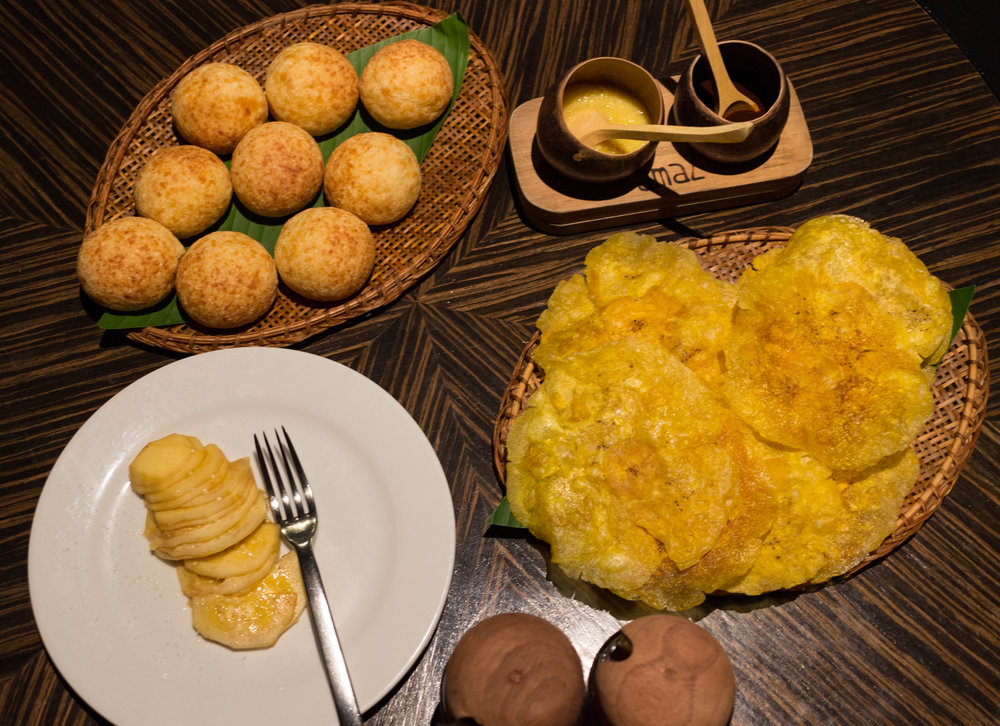
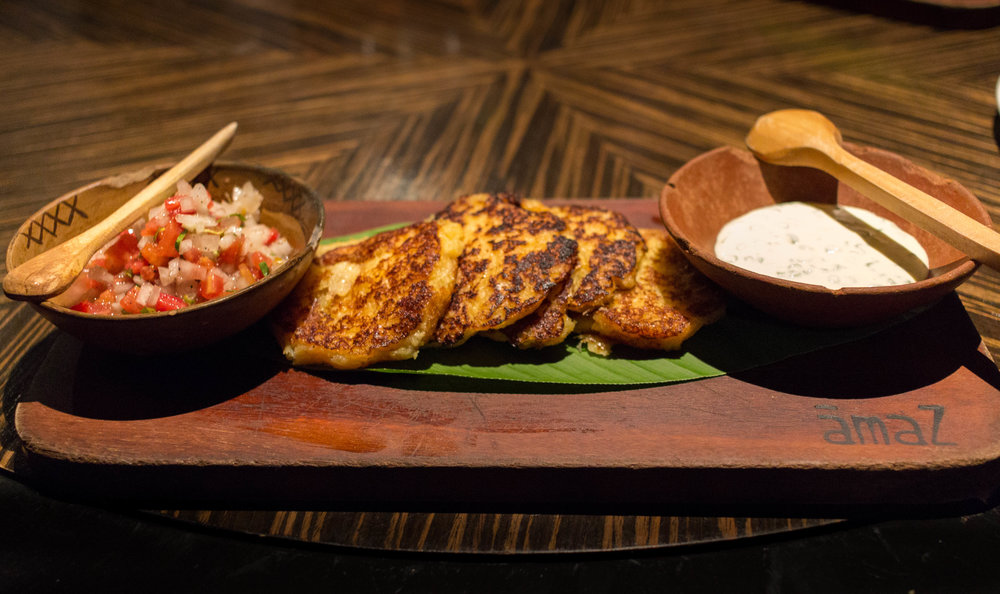
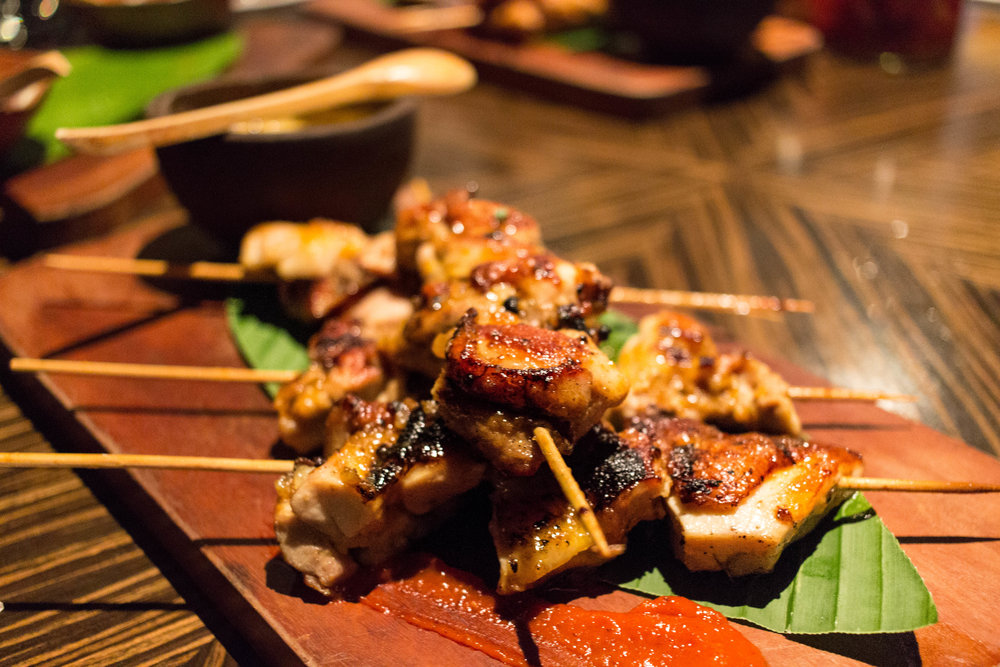
Those that enjoy spices could add charapita, a small hot pepper the size of a pea. Our group was bold and some of them popped it directly in their mouths. The reactions were fun to watch to say the least.

Our third stop was my favorite because it is unlike any other restaurant in the world. La Huaca Pucllana is seated on an archeological site and looks over Incan Ruins. The Huaca dates back to 500 A.D. and belonged to the Lima culture of fisherman and weavers. The sacred ground was used to sacrifice royal women to the Goddess of the Sea to appease her during the phenomenon of El Niño. Being on the grounds gave me a bizarre combination of feelings from regal to eerie. It was an incredibly memorable experience.

The restaurant specializes in taking traditional Peruvian recipes to the next level with a gourmet twist. As we looked at the lit up Incan ruins we sipped on a Chilcano, the Peruvian version of a Moscow Mule. The main course was beef heart with Aji Amarillo sauce and choclo corn; Fried chicken with spices; corn croquettes; and Causa made with yellow potato, avocado and salmon.
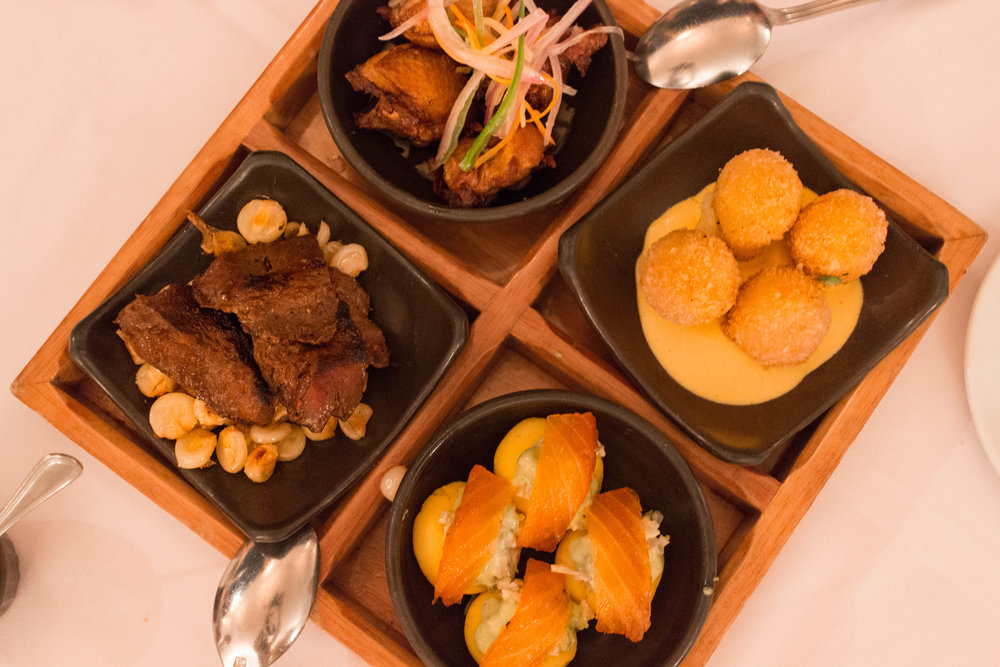
For me, the dessert was the star of this meal. Served beautifully in four small glasses we indulged on a creamy rice pudding with strawberries; a delicate Agua y Manto Cheesecake; a sweet Lucuma and Quinoa tostada with chocolate; and a nectarous condensed milk pudding served with an edible flower.

We gathered ourselves and headed to our final stop, an artisanal gelato and ice cream shop called Crem dela Crem. Alas, it was unexpectedly closed so we stopped in a local shop to have a Lucuma smoothie. For a fruit smoothie, this took me by surprise. Lucuma is a dry fruit with incredibly vibrant butterscotch flavors. This treat tasted like it had come right out of the Wizarding World of Harry Potter. I was stunned to learn it was all natural flavors and eagerly slurped up as much as I could.
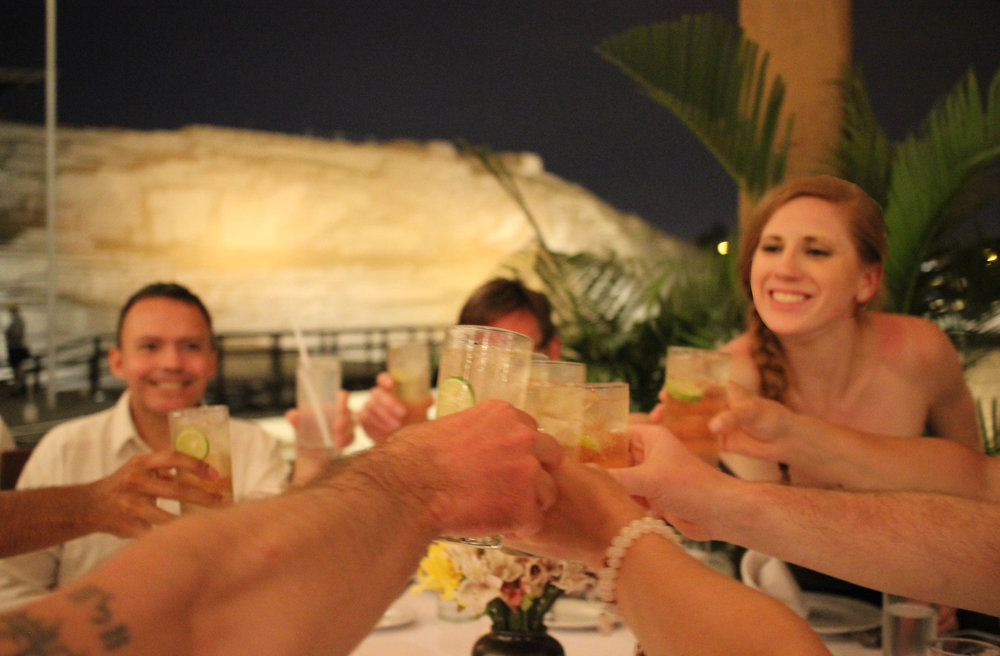
The tour had come to an end and I felt that I had a much better understanding and guidance in the type of Peruvian cuisine I wanted to focus on while spending 30 days in Lima. Peruvian cuisine is among the most varied and best in the world. It’s a reflection of its three main geographical zones; the coast, the Andean highlands and the jungle. Throughout the tour, we covered all three of the cuisine categories and at least 20 types of dishes.
Now I suppose i’ll just have to try the other 280.
The Lima Gourmet Company offers a Day Tour, Evening Tour (we did this one) and a Ceviche & Pisco experience. Prices range from $40 – $135. Our evening tour was $135 and lasted 5 hours. For more information visit their site at LimaGourmetCompany.com.
We were guests of The Lima Gourmet Company, however, the opinions are my own.
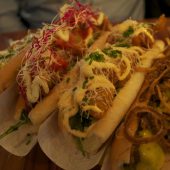





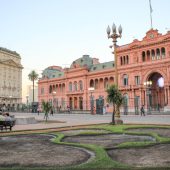




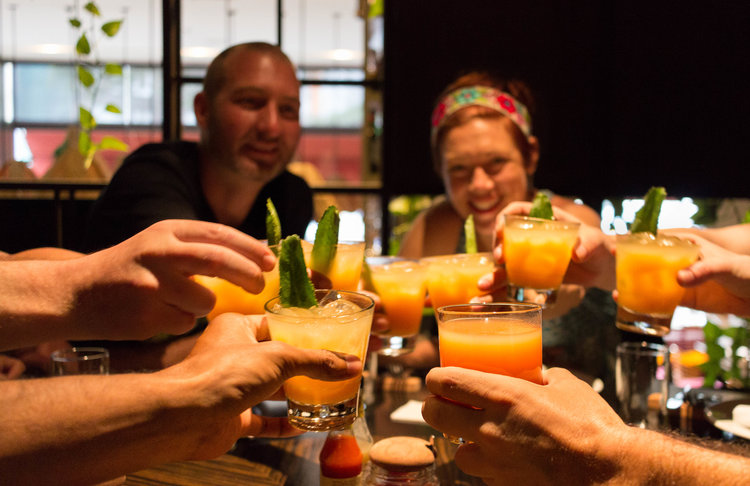
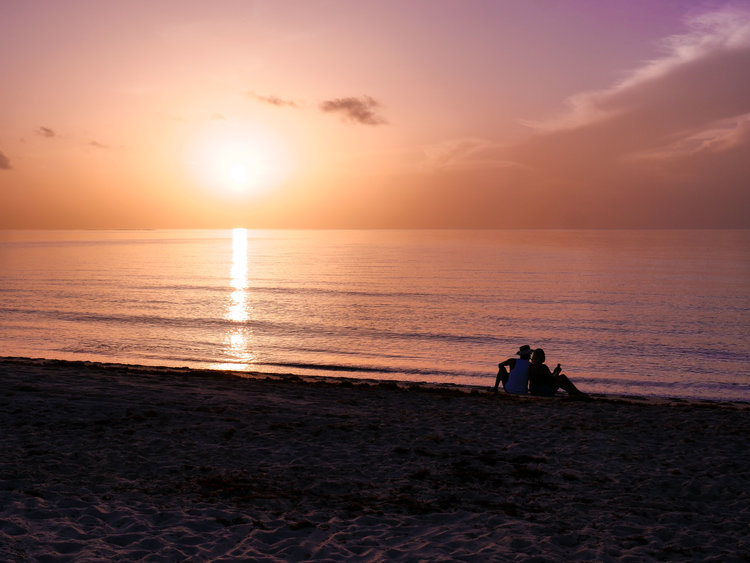
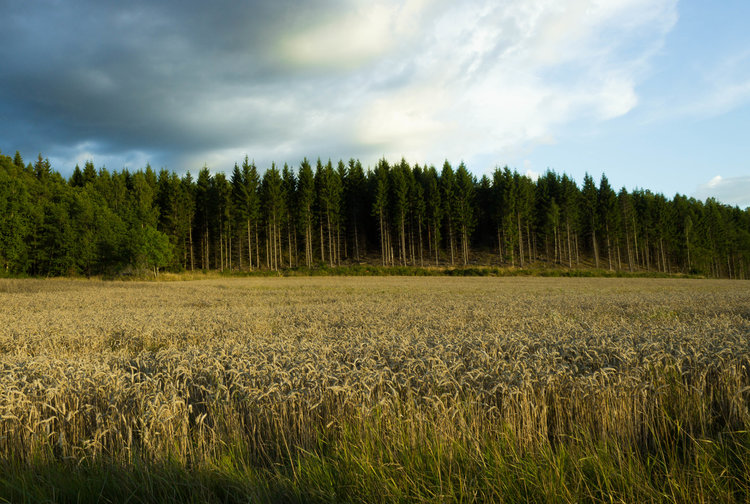
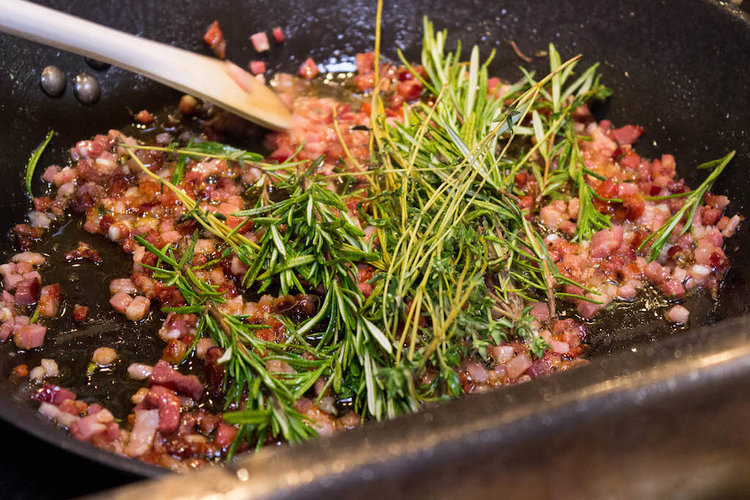
This site is protected by reCAPTCHA and the Google Privacy Policy and Terms of Service apply.